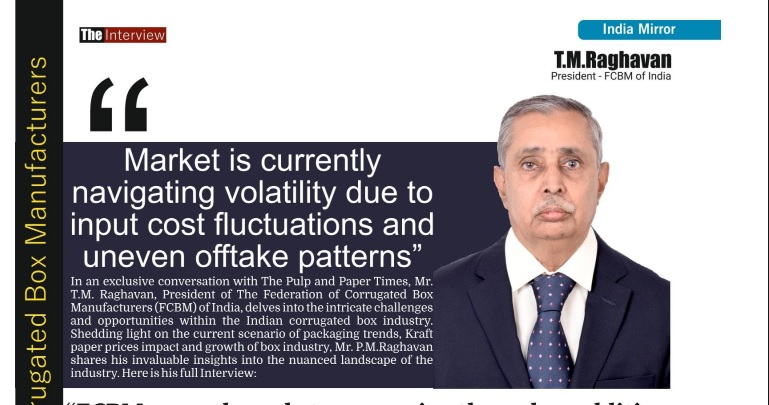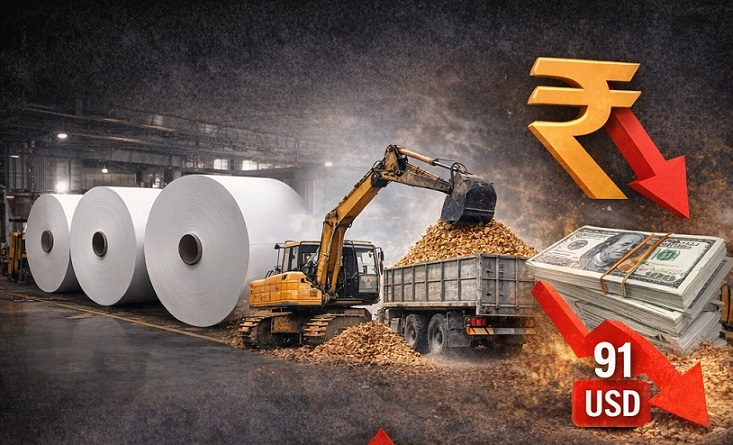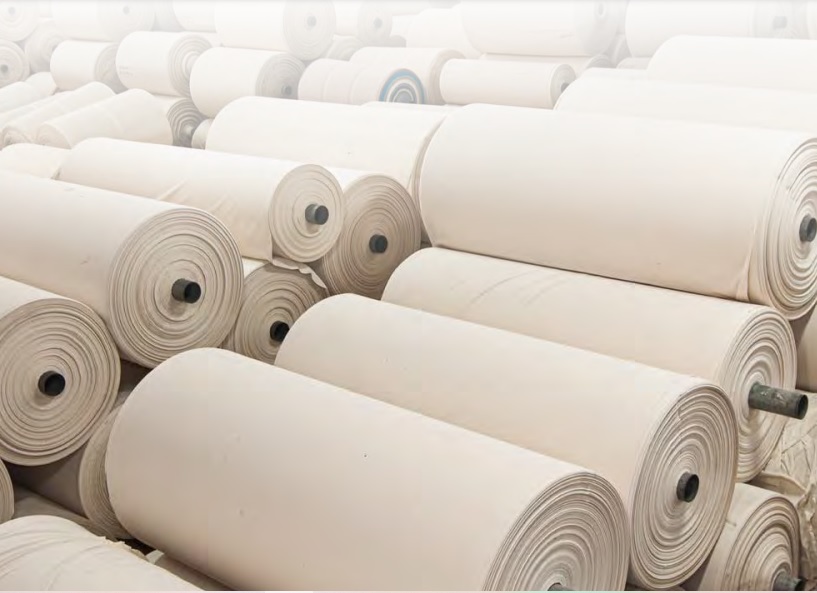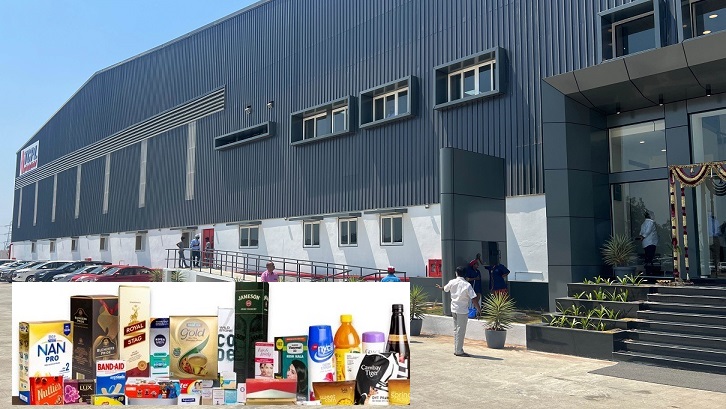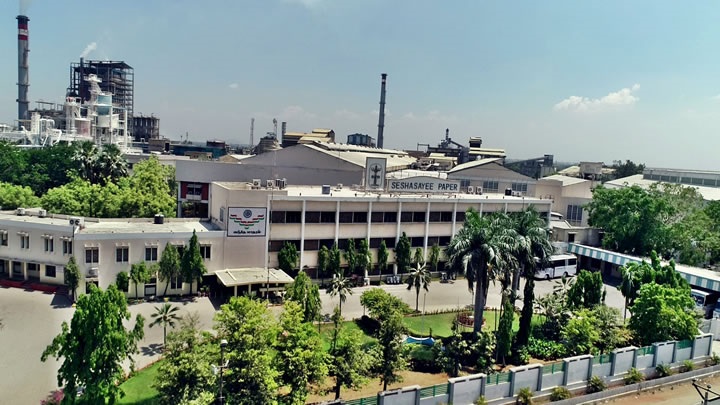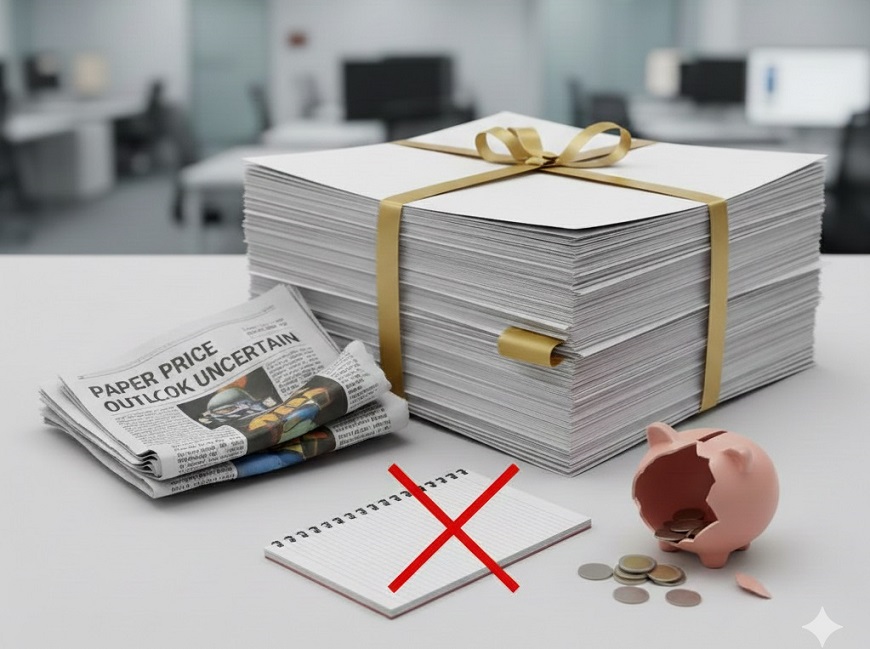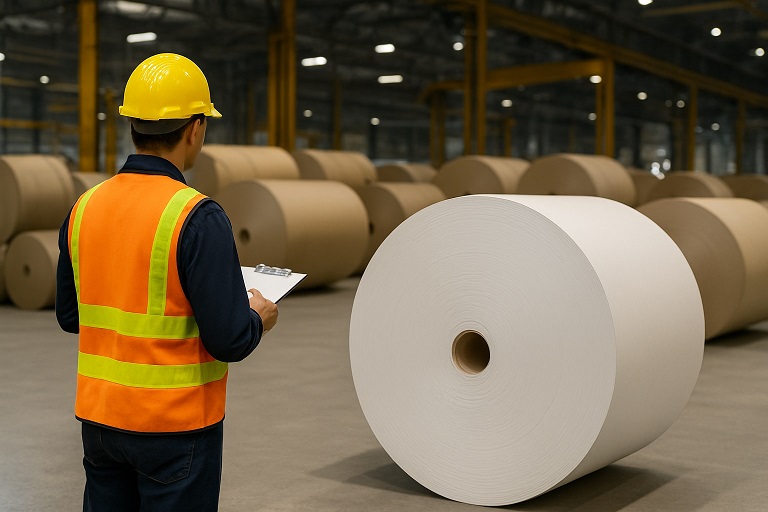The lack of a level playing field, both from FTAs as well as regulatory bottlenecks, undermines our competitiveness and limits our pricing power
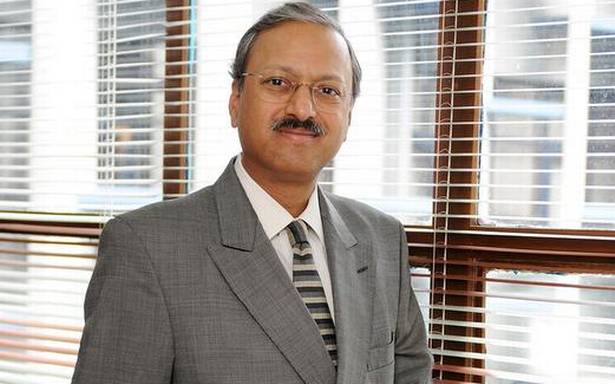

“The lack of a level playing field, both from FTAs as well as regulatory bottlenecks, undermines our competitiveness and limits our pricing powerâ€: H P Singhania
India’s status as a growth leader amongst the travails in the global economy is commendable alongside the big strides it has taken in its quest to improve the ease of doing business in the country. This is evident in India’s ascent of 65 places to 77th in World Bank’s Ease of Doing Business (EoDB) 2019 survey from 142nd in 2014. Besides, there has been a greater thrust on improving infrastructure to improve connectivity (to the last mile) and bring down high logistics costs by leveraging roads, railways and waterways.
The impetus seems to be lost in the overall growth paradigm. While GDP growth of 7% is still high even amongst emerging market peers, including China, it does not resonate with the other indicators on the ground. At the same time, India's relatively better growth is likely to have unwanted repercussions on the trade front. The lure of the Indian market for imports, which is already incentivized by the existing FTAs with ASEAN, Japan & Korea, would grow manifold post the RCEP deal. China too will get access to the duty benefits that will be phased out over time, with impending pains for Indian manufacturing. At the same time, we are unable to take up export opportunities thrown open by the US-China trade war, as we are yet to match our Asian peers in competitiveness. The lack of a level playing field, both from FTAs as well as regulatory bottlenecks, undermines our competitiveness and limits our pricing power.
Buy Paper Trade Directory 2019 (Latest Data of 500+ Indian Paper Mills) Avail Discount upto 25%
JK Paper has attempted to overcome this challenge by differentiating itself on the back of its customer-centric last-mile approach. With the huge headroom for growth available in the country, we strengthened efforts to expand the geographical reach and availability of our products. Foraying into a direct retailer and customer servicing during the fiscal gone by was a decisive step in this regard.
While there is some improvement in the recovery of NPAs over the past fiscal year, the reduction in NPAs was through writing off loans, which hurt banks' profitability and impacted future lending rates. This was further accentuated by a persistent liquidity deficit in the banking system, keeping lending rates elevated. But JK Paper managed to bring down its finance cost significantly through lower leverage and efficient working capital. Besides a rating upgrade of the Company helped.

Despite the bottlenecks of overall demand softness in the economy and pressure on the costs front, JK Paper managed to generate sales revenues that doubled over the last 5-6 years. This was owing to improved market conditions in the paper, especially the demand for packaging paper.
This is expected to increase on the back of a rapid expansion of the express delivery business of e-commerce, along with increasing penetration of organized retail, higher growth in FMCG, pharmaceutical and processed food industries. This was further reinforced by rising consumer consciousness regarding sustainable packaging, along with strict regulations regarding the use of environment-friendly packaging products.
To mitigate raw material scarcity, JK Paper focused on developing high-yielding saplings with shorter maturity periods. The Company's growing investment in farm forestry initiatives in Odisha, Andhra Pradesh, Chhattisgarh, Gujarat, and Maharashtra, covering an area of 1.6 lac hectares, ensures round-the-year access to raw materials. Furthermore, a new pulp mill is being set up at Unit - CPM to cater to increasing requirements.
The continued thrust on plantation activity in the vicinity of its plants continues to bear fruit, with a greater proportion of the requirement being met out of material sourced from shorter distances, reducing the overall delivered costs at the mills. We also managed to reduce our pulp usage through a reduction in fibre loss, besides

bringing down bamboo usage in phases to improve pulp quality. This led to a notable improvement in EBITDA margins.
The deployment of resource conservation measures, low water-use technology and increasing use of treated effluent water also led to a big improvement in operational parameters, leading to efficiency gains.
This has also reinforced our standing as a responsible paper manufacturer, with the Company managing to reach all-time lows in terms of water, power and coal consumption, besides reducing effluent generation per tonne of paper (TPA).
At JK Paper, it has been a saga of continuous process development with an eye on the customer, whether it the most modern pulp mill or an automatic cut-size line for branded products. The Company remained focused on R&D activities and conducted various trials on the shop floor to upgrade the existing product quality to meet customer perception, quality, and product leadership.
We have been fortunate enough to have the strong support of all stakeholders, right from customers, suppliers, banks, and shareholders. On behalf of the JK Paper team, I assure you that your Company will continue to put its best efforts and remain committed to ensure sustained returns to its stakeholders.
The above views expressed by Mr. Harsh Pati Singhania in JK Paper's Annual Report

Web Title: The lack of a level playing field both from FTAs as well as regulatory bottlenecks undermines our competitiveness and limits our pricing power





 Join WhatsApp Group
Join WhatsApp Group Join Telegram Channel
Join Telegram Channel Join YouTube Channel
Join YouTube Channel Join Job Channel (View | Submit Jobs)
Join Job Channel (View | Submit Jobs) Join Buy Sell Channel (Free to Submit)
Join Buy Sell Channel (Free to Submit) Paper News Headlines Channel (Free to read)
Paper News Headlines Channel (Free to read)